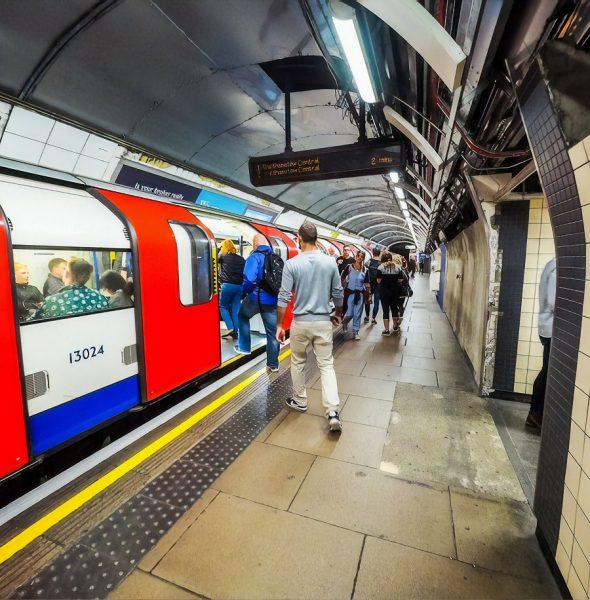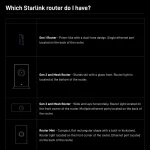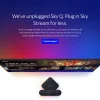Streetwave Test Mobile Data Performance of Jubilee Line Tube Trains UPDATE

Network analyst firm Streetwave has today shared the results from a recent survey they conducted, which tested the coverage and performance of 4G and 5G mobile (broadband) networks – including EE, Three UK, Vodafone and O2 – while travelling along the entirety of the Jubilee Line (London Underground) from Stratford to Stanmore.
The rail line involved in this study has, over the past couple of years, benefitted from significant upgrades as part of Transport for London‘s (TfL) project to extend 4G and 5G mobile signals across the London Underground (i.e. stations, tube trains and tunnels etc.). In the past, the chances of being able to maintain a mobile signal on this line would have been almost impossible, but the situation today is very different.
Streetwave is understood to have taken their portable data collection equipment onboard for just one of these trips, thus the results below should be considered fairly anecdotal, albeit still interesting. The test itself was conducted on 18th June 2025 and started at 10:06am from Stratford station, with the train being partly full during the journey (just outside rush hour).
Advertisement
The train itself was from older 1996 Stock, operated by the London Underground TfL). As usual, all four of the primary mobile operators were measured and their Essential Coverage scores across the journey have been pasted below. Streetwave defines Essential Coverage as being reflective of locations where the network provides users with speeds of above 1Mbps download, 0.5Mbps upload, and below 100ms (milliseconds) of latency (i.e. covering or allowing only the most basic of use cases / needs).
In addition, Streewave also studied each operator’s scores for Acceptable Coverage, which is defined as being a network that can provide users with at least 5Mbps download speeds, 2Mbps upload, and below 40ms latency times. “These are speeds where most mobile use cases including internet browsing, video streaming or conference calls can be performed,” said the company.
Essential Coverage Scores on Jubilee Line
Put another way, the company’s simulated passenger on each network spent the following amount of time WITHOUT a dependable internet connection on the 62-minute journey: Vodafone – 12 minutes, EE – 20 minutes, Three UK – 25 minutes and O2 – 28 minutes.
Acceptable Coverage Scores on Jubilee Line
1. Vodafone – 57%
2. EE – 56%
3. Three UK – 47%
4. O2 – 32%
Clearly, despite all of the operators using the same shared cell sites / distribution points, there are still some fairly big differences in signal reception and Vodafone seems to be the top performing network operator. But it’s important to stress that this is still a very positive outcome, given how we’re talking about a line that runs mostly underground and down very narrow tunnels.
Advertisement
UPDATE 8:46am
Just to add a bit of extra context. The tunnelled section between Westminster and Finchley Road isn’t live with mobile coverage yet (due soon), thus the results above won’t reflect the completed picture of TfL’s project to roll-out a 4G mobile network across the whole route.
Mark is a professional technology writer, IT consultant and computer engineer from Dorset (England), he also founded ISPreview in 1999 and enjoys analysing the latest telecoms and broadband developments. Find me on X (Twitter), Mastodon, Facebook, BlueSky, Threads.net and Linkedin.
« CityFibre UK Finish Primary £17m FTTP Broadband Rollout in Havant























































EE quite a bit behind, surprised by that.
Why?
They don’t have much low band spectrum which you need to get decent coverage on trains. This will only get worse.
Giga – this has nothing to do with low-band spectrum. On this section of underground, only O2 are using L800. EE are using L1800, L2100 & L2600. VF have exactly the same but only single-carrier compared with EE’s dual-carrier. EE have L800 in the tunnel sections.
Don’t let the facts get in the way of a low-spectrum rant, though!
Why are there such differences between the networks if all using the same equipment.
This is a neutral-host deployment, the operators are using the same feeders, antennas & leaky-feeder but are choosing their own spectrum deployment.
They’re also not necessarily activating kit at the same time, and I wouldn’t be surprised if VF were just quicker at enabling certain sections or stations, here.
“travelling along the entirety of the Jubilee Line (London Underground) from Stratford to Stanmore”
Isn’t the variation in operator coverage/quality because they’ve travelled along the whole Jubilee line route, not just the section [1] Canning Town to Westminster which has the neutral host 4G/5G? So it’s taking in to account all of the above-ground and (other, not yet 4G/5G enabled) underground sections of the line with no mobile coverage?
[1] TfL Map: https://content.tfl.gov.uk/below-ground-4g-5g-tube-map-april-2025.pdf